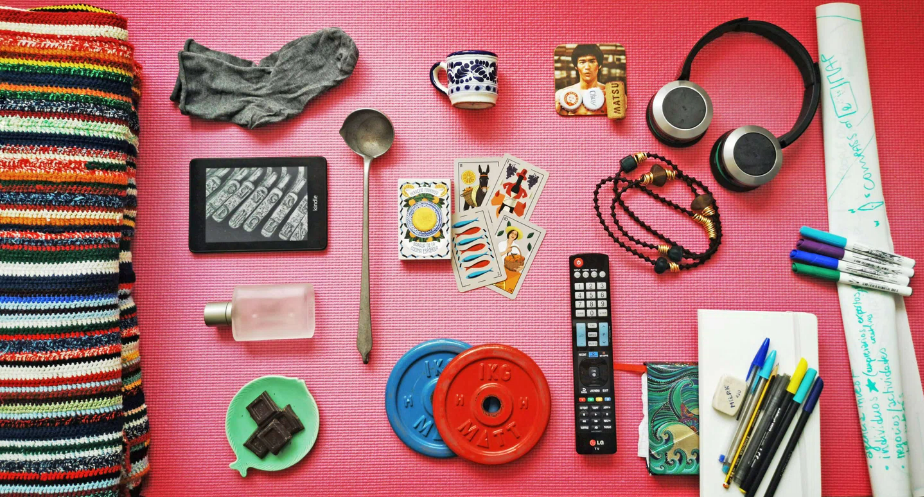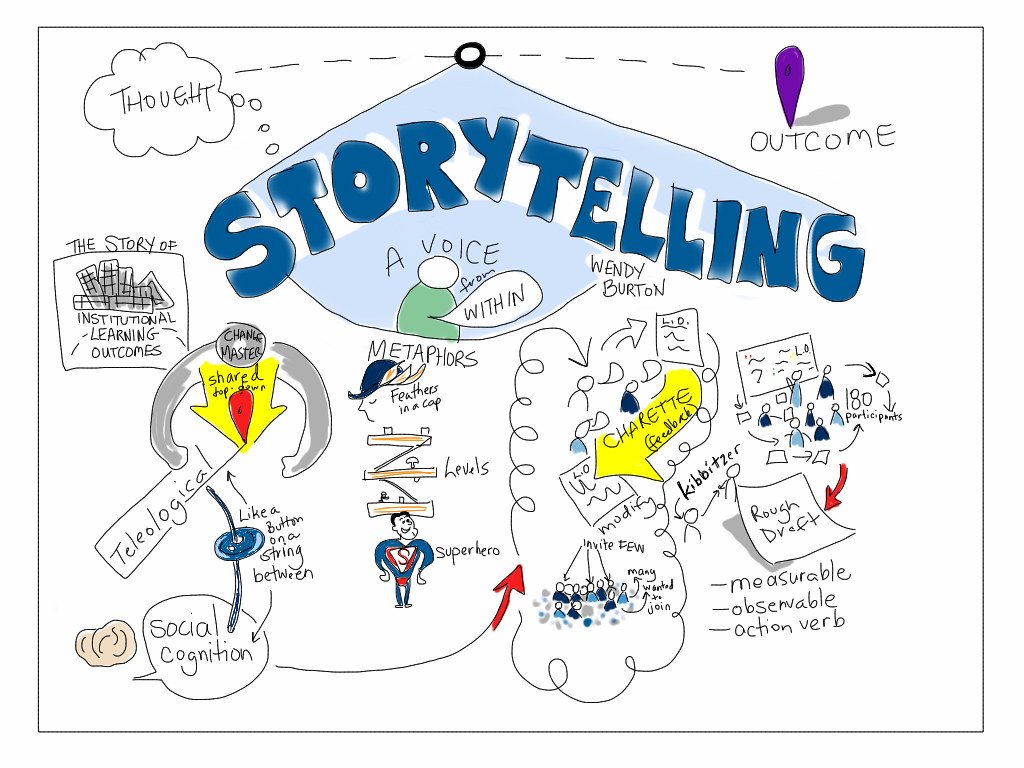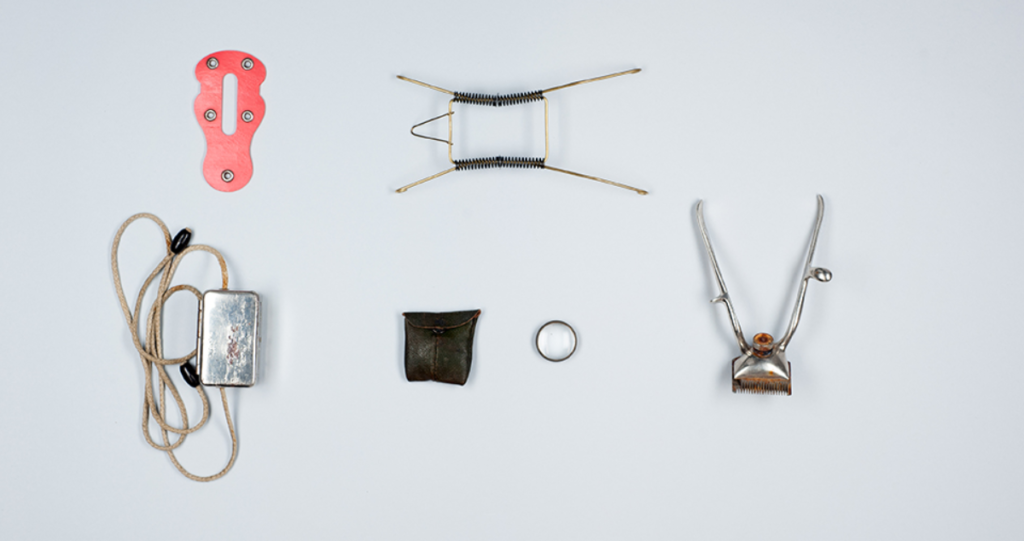Mastering the Curation of Objects for Visual Impact.
In a world filled with objects, mastering the art of display is an invaluable skill. Whether in a gallery, a retail store, or even our own homes, the arrangement of objects can turn a mundane collection into a visual masterpiece. Join us as we delve into the art of display, uncovering the principles and techniques that transform objects into captivating visual narratives. Get ready to unlock the secrets of effective curation and create showcases that leave a lasting impression.
The Power of Arrangement:
Discover the significance of arrangement in creating visual impact. Explore the principles of balance, symmetry, and contrast that guide the placement of objects. Learn how to create focal points, establish visual flow, and evoke a sense of harmony through thoughtful arrangement. Harness the potential of spatial relationships to captivate viewers and draw them into the display.
Lighting as a Transformative Element:
Explore the transformative power of lighting in object display. Discover how different lighting techniques, such as spotlights, ambient lighting, or backlighting, can enhance the visual appeal of objects, create dramatic effects, and highlight their unique features. Learn to play with shadows and highlights to add depth and dimension to your displays.
Storytelling through Objects:
Uncover the art of storytelling through object display. Learn how to create thematic narratives by carefully selecting and arranging objects that share a common story or concept. Explore the emotional impact of curated displays that evoke memories, spark curiosity, or convey a specific message. Discover the beauty of using objects as visual storytellers.
Contextualizing Objects:
Understand the importance of context in object display. Explore how the surrounding environment, such as color schemes, textures, and backgrounds, can complement and enhance the visual impact of displayed objects. Learn to consider the relationship between objects and their surroundings, creating a cohesive and immersive experience for viewers.
Creating Dynamic and Interactive Displays:
Embrace the concept of dynamic displays that engage viewers and invite interaction. Explore the use of props, interactive elements, and multimedia to elevate the visual experience and create memorable encounters with objects. Learn to design displays that encourage exploration, discovery, and personal connections.
Minimalism and Focus:
Delve into the power of minimalism in object display. Explore how a minimalist approach can draw attention to the essence of objects, emphasizing their unique qualities and allowing them to shine. Learn to eliminate distractions, embrace negative space, and create displays that exude elegance and sophistication.
Incorporating Aesthetics and Design Principles:
Understand the role of aesthetics and design principles in object display. Explore concepts such as color theory, composition, and proportion to create visually pleasing displays. Discover the impact of visual rhythm, texture, and scale in capturing attention and creating a harmonious visual experience.
Evoking Emotions and Leaving a Lasting Impression:
Celebrate the ability of well-curated displays to evoke emotions and leave a lasting impression on viewers. Discover how color, lighting, arrangement, and storytelling can create a sensory journey that resonates with people on an emotional level. Learn to craft displays that evoke joy, wonder, curiosity, or even contemplation.
Conclusion:
Mastering the art of display opens up a world of possibilities for transforming ordinary objects into captivating visual experiences.







